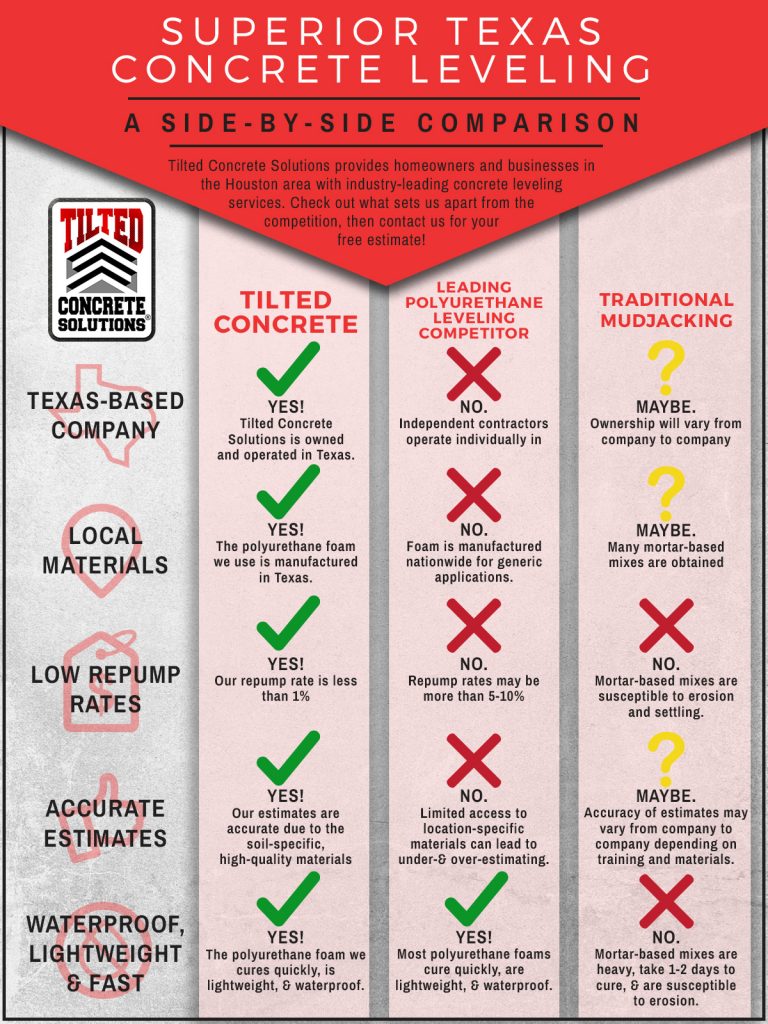Explore The Relationship In Between Weather Condition And Business Painting Jobs, And Find Important Approaches To Adapt To Unpredictable Problems For Achieving The Best Outcomes. What Will You Learn Following?
Explore The Relationship In Between Weather Condition And Business Painting Jobs, And Find Important Approaches To Adapt To Unpredictable Problems For Achieving The Best Outcomes. What Will You Learn Following?
Blog Article
Web Content Develop By-Thestrup Emery
When you're managing an industrial paint project, you can't overlook how weather plays a critical function in your success. Variables like temperature, moisture, and wind can either improve or undermine your initiatives, affecting whatever from application top quality to safety and security on the job site. You might believe you can paint anytime, yet the truth is that particular conditions can result in costly hold-ups or bad surfaces. Recognizing these elements is key, but what particular strategies can you implement to guarantee ideal results among uncertain weather?
Temperature and Paint Application
When it involves industrial paint, temperature level plays a crucial duty in how well the paint adheres and dries out. If you're intending a job, watch on the temperature level variety advised by the paint manufacturer. Ideally, you intend to work within that array for optimal results.
When temperatures are as well reduced, paint can become thick and more challenging to apply, resulting in irregular protection. You might find yourself battling with brush strokes or roller marks that just won't go away.
On the other side, high temperatures can trigger paint to completely dry also rapidly. This can lead to concerns like fracturing or peeling, as the paint doesn't have enough time to bond correctly to the surface area.
If commerical painters 's also warm, consider scheduling your work for cooler parts of the day, such as morning or late afternoon.
Humidity and Complete Quality
Humidity substantially impacts the finish quality of industrial paint jobs. When humidity levels are high, dampness airborne can interfere with the drying procedure of paint. This can result in concerns like poor bond, irregular surfaces, and raised drying out times.
You may locate that your paint takes longer to cure, which can postpone your task timeline.
On the other hand, reduced humidity can also position problems. If the air is as well completely dry, paint can dry out also promptly, avoiding appropriate leveling and causing a harsh surface. https://www.housedigest.com/946667/the-best-way-to-paint-over-dark-walls-and-lighten-up-your-home/ desire your paint to flow smoothly, and quick drying can impede that, leaving you with a poor surface area.
To achieve the best coating, go for moisture levels between 40% and 70%. This range permits optimum drying problems, making sure that the paint adheres well and degrees out appropriately.
Take into consideration making use of dehumidifiers or fans to manage wetness in interior tasks, and try to prepare outdoor tasks for days when humidity is within the optimal range. By paying attention to moisture, you can improve the final appearance and sturdiness of your industrial paint job.
Wind and Outside Problems
While you mightn't consider wind as a significant factor, it can dramatically influence the outcome of outside commercial paint projects. High winds can disrupt your application process, triggering paint to dry too promptly. When paint dries as well quick, it can cause an unequal surface or noticeable brush strokes.
You'll additionally encounter difficulties with paint overspray, as wind can bring fragments far from the desired surface, resulting in thrown away materials and possible damage to surrounding areas.
Additionally, solid gusts can produce safety risks on the job site. Ladders and scaffolding are more at risk to tipping in windy problems, putting your staff in danger. It's vital to check wind speeds before starting a task. If winds go beyond secure limitations, it's ideal to postpone your job to guarantee a quality finish and preserve safety and security.
On calmer days, you can benefit from the best conditions to achieve smooth, professional outcomes. Always inspect the weather report and strategy appropriately.
Conclusion
In conclusion, recognizing how weather affects industrial painting is critical for attaining the very best outcomes. By keeping track of temperature level, humidity, and wind problems, you can schedule your jobs throughout optimal times. This not only ensures a smooth application yet additionally boosts the high quality of your surface. So, watch on the projection and strategy as necessary-- doing so will save you time, money, and irritation while providing a professional end result each time you repaint.
